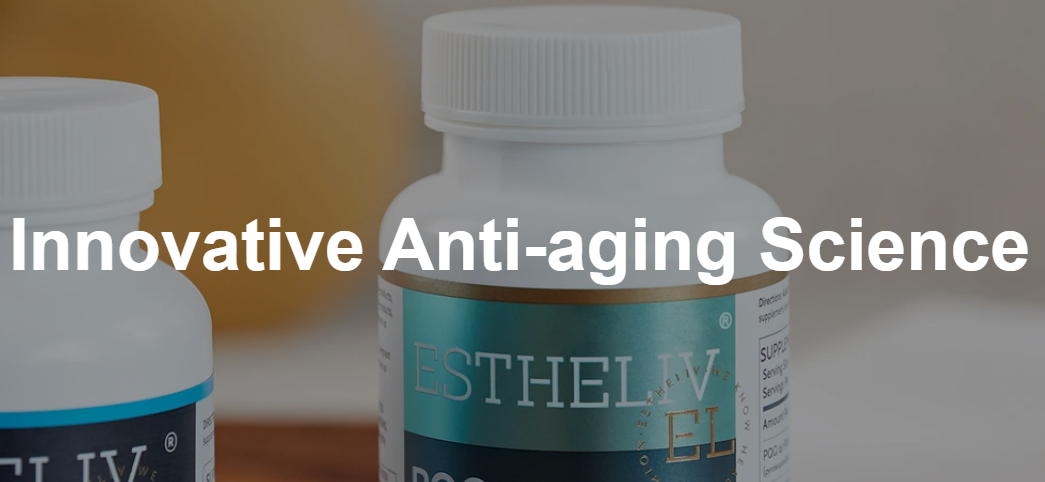NAD+ is a nicotinamide adenine dinucleotide coenzyme that is found in every cell of the body. This coenzyme has catalytic properties that allow it to perform numerous biological processes. It also helps to control cellular redox state.
NAD+ is a key player in metabolism. It plays an important role in fermentation, as well as oxidative phosphorylation and glycolysis. As a result, it serves as a fuel for many biological processes, including cellular respiration, DNA repair, and the production of energy.
Besides its catalytic effects, NAD+ serves as an antioxidant. In fact, scientists believe that it is the most powerful antioxidant in the human body. However, as people age, their bodies reduce their production of NAD.
Low levels of NAD+ can lead to several health problems, including fatigue, depression, and headaches. Several supplements and IV infusions are available to help restore NAD+ levels.
The oxidation-reduction process regulates cellular signaling pathways and can help disarm free radicals. NAD+ is a key player in cellular respiration, which transforms glucose into energy.
In addition to its role in metabolism, NAD+ is essential for maintaining healthy immune system function. It can also increase stress resistance. When a cell is stressed, inflammation can occur. A healthy immune system is vital to preventing disease.
Increasing the production of NAD+ can be done through oral supplements. However, the nutrients must travel through the gut before reaching the bloodstream. Also, it is important to keep in mind that oral supplements can lose a significant amount of NAD through the absorption process.
